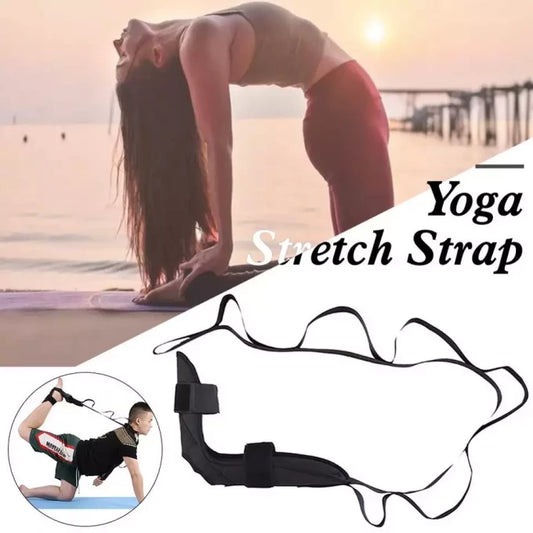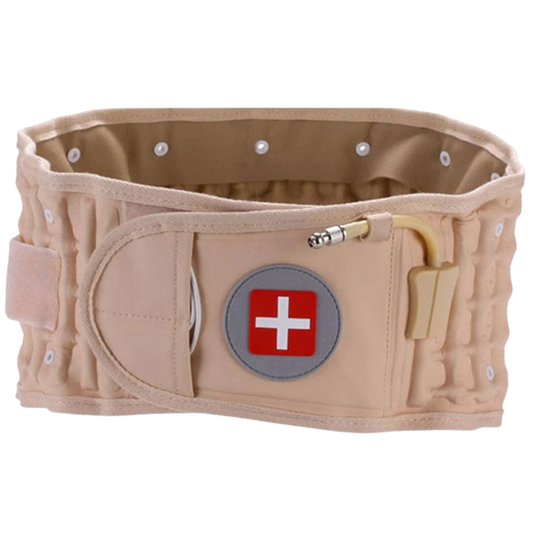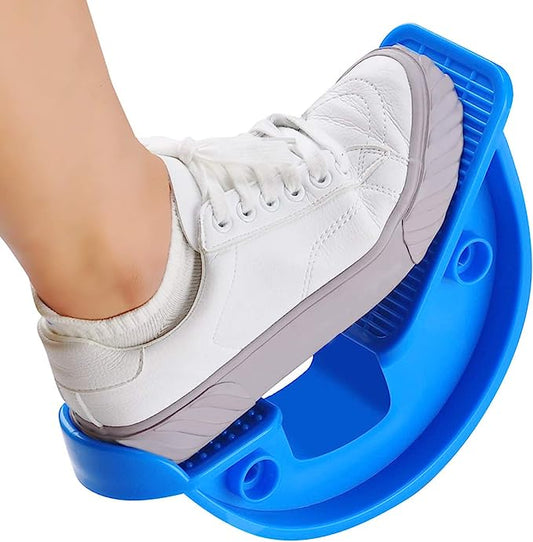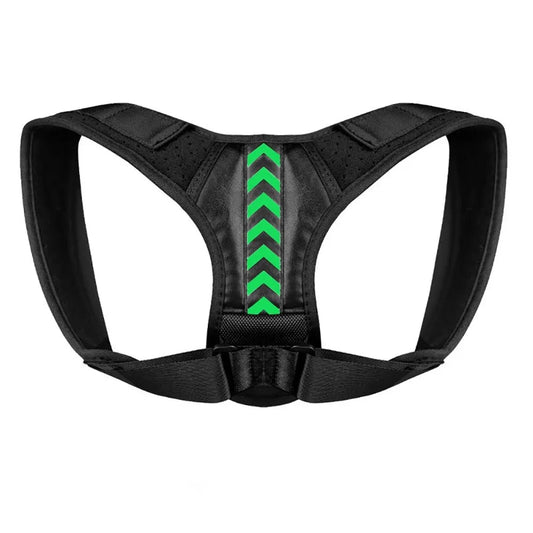In this blog post I'm going to explain the muscle groups that work together to help support the spine. If you want to skip to the specific muscle groups then I've kindly created a quick jump thingy for you below :
Otherwise its probably best you read this post from top to bottom so you can understand how each muscle groups is responsible for supporting you.
Lets get started from the top with the Trapezius muscle group :

At first you might be surprised to hear that this muscle is responsible for posture stabilisation due to being located at the very top, below the head, however, you will learn in this post how the entire spine is connected together and performs effectively when all supporting muscle groups are equally doing their part.
After a day of sitting at a computer, do you feel your upper back feeling a little stiff? The trapezius muscle is located at the upper back and is the primary muscle used when you extend your head, shrug your shoulders as a child not knowing the answer to a question or keeping the shoulders blades down in your upper back (often an issue when working at a computer screen due to poor posture habits).
This muscle is also used to support you shoulder movements too as your head, neck and shoulders are all supported by this muscle.
Repetitive movement or overuse tend to cause injury and strain to this muscle, especially as it weakens due to lack of isolated exercises. Exercises to help strengthen the trapezius are superman [link out to] or standing barbell shrugs [show video underneath].
Another tip, if you find yourself limited in movement or there is uncomfortable sensation when moving your shoulders, it is most likely the muscle is in spasm. To help this, you can try doing a little self massage in that area by reaching over your shoulder.

Now we come onto the biggest muscle group in your entire body. The Latissimus Dorsi, also known as the ‘Lats' in the gym world and from here on in this post.
The lats are two of the biggest and broadest muscles in your back. Correction, NOT just your back, BUT in your whole body!
As you can see from the image above, the lats can be found in the centre of the back on either side of the spine itself and the upper part is connected to the trapezius [link up] muscle above. The bottom part of the lats are connected to the glutes [link to] and lower back [link to] which I cover further on. But at this stage in this post I just want to reiterate the point where I say how all the muscle groups are all connected and need to work equally together for optimum performance.
Shoulder Support
One of the many jobs of the lats is to support shoulder muscles. You might be thinking is that all? But remember, the shoulders play an important role in many of the actives you carry out from movements like lifting your arm, carrying heavy objects/weights, reaching out, or if you’ve got kids, actives such as catching, swinging (a bat that is) and throwing, which I tend to find myself doing these days :)
Posture Balance & Core
I often read about posts that say you should sit a certain way or walk a certain way to maintain good posture. BUT what they don’t talk about is that, if the underlying muscle groups aren’t activated or firing while you try to do this, then trying to maintain correct posture will be challenging in the first place.
Strengthening your lats will help you do just that, automatically. By strengthening your lats you will automatically sit upright and walk upright as this muscle groups will pull abdominal muscles in tight [link], will pull your shoulders back and thus help you with sitting, standing and walking upright throughout the day, effortlessly (As opposed to you trying to remember how to sit and walk, further challenging your muscle groups which aren’t ready to be challenged in this way due to weakness and overuse).
Sports & Exercise Performance
Along with helping with posture and eliminating back pain, the lats also help you during any rotation movements you may carrying out in any sports you may undertake, especially those that involves bending over and twisting.
Working together with your other muscle groups such as the obliques and abs, the lats provides you with solid spine support thus helping you with greater motion with ease.
Exercises For The Lats
So i guess by now you probably want to know what exercises will strengthen the lats? At the gym pulldowns ones you should be doing:
If you can’t get to the gym then exercises using a resistance band can also be performed, you may need to get a little creative and think outside the box to do these at home:

In the lower back there are many deep muscle groups all linked together and working in tandem to support your spine and take the load most importantly off the vertebrae discs which are prone to injury due to being compressed from sitting.
Although the entire length of the spine consists of vertebrae discs, it’s the ones located towards the lower end of your spine that are most susceptible to injury and pain due to weight bearing from your overall body weight. Weight bearing from your overall body weight is another topic that I will be covering later on for those of you signed up to my email course.
Previously I thought you had to simply strengthen just the muscle groups found in the lower region of the back to prevent back pain. However as you can see from this post, strengthening just the lower back is a small piece of the back pain jigsaw puzzle.
However the key muscle group I would associate when talking about the lower back is one called the Multifidus.
The multifudus is a deep muscle that is found along the entire back on either side of the spine as you can see from the above image.
It is one of the more smaller muscle groups as opposed to those found in the Lats [link].
Although thin in it’s nature, don’t be fooled by the benefits it provides your spine. The muscles fibres found in this muscle are attached to your full spinal column. Think of this muscle as providing scaffolding to the middle of your spine and thus integral in spinal health.
As with scaffolding, this muscle helps stabilise your spine as your carryout out various movements throughout the day including sitting on your butt.
Exercises for Lower Back
There are 2 key exercises which you can perform to maintain strengthen in the lower back. One of those is known as the Bird Dog exercise which can be performed at home using a yoga mat. The other is performed using an apparatus known as the hyper-extension bench exercise found in most gyms (or can be purchased and kept at home).

Now we come onto the muscle group we rest the most. The Glutes, also known as your butt.
There probably is no surprises here that when you rest too often sitting down on your butt, your brain will think this muscle isn’t required all that much. So, it takes things into it’s own hands and switches off your glutes due to lack of use.
However, when this happens, your lower back has to work harder as it’s key supporting muscle group that sits underneath has been switched off.
Overtime this can cause all sorts of problems else where as your glutes are responsible for stabilising your hip, aiding in your posture as you walk, especially up the stairs and contribute to lower back pain due to the lack of support it’s providing your spine.
Personally, I think of the glutes as the base my spine is sitting on, so of course, if the base is unstable then this is going to affect the stability of my overall spine.
Spending hours sitting at a desk all day, long commutes to and from work all contribute to weakening of the glute muscle groups especially if there is a lack of exercise and strengthening in place to counter act this.
Two exercises I perform for strengthening the glutes is the following:
Seated Leg Press as shown below which is usually available in most gyms for fitness centres:
Another common one is the Squat, which can be performed both at home or the gym.

Last but not least I will now talk about how your Abs works together as part of your core strength to fill the missing piece of the back pain jigsaw puzzle.
The abdominal muscle group consists of the following individual muscles which all play a part in supporting the lower back:
-Front abdominal muscles (the rectus abdominis)
-Ab Muscles along each side of your body (internal & external obliques)
-A Deep muscle which wraps around your front (the transverse abdominis)
-Muscles located between your spine bones which run along your spine (the erector spinae & multifidi [link to top])
So, lets just take a step back for second and have a think based on the abdominal muscle groups i’ve just highlighted.
Try to visualise your core being in the middle of your entire body. With this in mind, do you not you think the centre stage has to be strong and stable in order to support all other surrounding structures including the weight from your body?
The abdominal muscles are connected to the front of your spine, when weak, are unable provide adequate support for the lower back which in turn makes the lower back muscles having to work harder.
The abs are not just a vanity muscle group for showing off your six pack. Strengthening and maintaining strong abs muscles prevent back pain and help improve your posture when standing and sitting down including other movements you undertake day to day.
When strengthening the abdominal muscles it’s important to give a little TLC to all abdominal muscle groups. The following are exercises will cover most of these:
Side plank,Front plank
Roman chair
pulley kneeling down
Bird Dog
Bird Dog with weights
Conclusion
Chances are, if one of your lower end muscles are weak, i.e. your abs or glutes or lower back.. then I would have a very good guess to say that all of them in fact are probably lacking in strength as they have all been impacted due to lack of exercise.
When muscle groups are weak and not performing as required, surrounding muscles end up working harder and get overused which in turn starts affecting ligaments and tissue structures connected in and around the area.
As you can see, we need to focus on many muscle groups to keep back pain at bay and help with posture.




